Have you ever wondered why tea served in a traditional Japanese teapot tastes so much richer, smoother, and more balanced than what you brew with a teabag tossed into a mug?
Whether you’re savoring a cup of sencha (煎茶, green tea), preparing earthy genmaicha (玄米茶, roasted rice tea), or whisking a frothy bowl of matcha (抹茶), how you brew matters. Using a proper teapot or infuser, especially one rooted in Japanese tradition elevates the experience from ordinary to soul-soothing.
Why Use a Teapot or Infuser? (Hint: It's Not Just About Aesthetics)
Here’s why this method is worth the effort:
Full Flavor from Loose Leaf Tea
Loose leaf tea, or ryokucha (緑茶), needs space to bloom. Teapots and quality infusers like a stainless steel infuser basket or a stand-alone tea infuser, give the tea leaves room to expand, releasing deeper flavors and aroma that tea bags simply can't match.
Eco-Friendly and Elegant
Unlike disposable tea bags or single-use pods, many teapots and infusers are eco-friendly. A glass teapot or ceramic teapot with a built-in infuser can be reused endlessly and the used tea leaves? Toss them in your compost!
Smart Design Meets Functionality
Modern tea gear often features extra-fine holes, folding handles, and dishwasher-safe parts, especially in options like a curve tea infuser mug or tea infuser tumbler. These subtle innovations keep the brewing process smooth while keeping your countertop stylish.
The Deeper Meaning: Tea as a Japanese Ritual
In Japan, tea is a mindful practice that brings people together, cultivates gratitude, and celebrates beauty in simplicity. Brewing with a teapot is a way to slow down, notice details, and connect with tradition. Each step, from measuring leaves to pouring into a yunomi (湯のみ, Japanese teacup), is an invitation to be present.
Types of Tea Infusers and Teapots: Finding Your Matcha (or Sencha)
-
Kyūsu (急須) – The Traditional Japanese Teapot
A kyūsu often features a side handle, a ceramic lid, and a built-in mesh filter. It’s ideal for brewing sencha or gyokuro (玉露, shade-grown green tea), allowing for elegant pouring and easy leaf expansion. -
Glass Teapots
Perfect for showcasing blooming teas or colorful infusions. Many come with a stainless steel infuser basket and are dishwasher safe, making them great for modern kitchens. -
Tea Infuser Mugs
A ceramic mug with a fine mesh infuser and ceramic lid is perfect for solo sippers. Try a tea infuser set that includes a drip tray for added tidiness. -
Stand-Alone Infusers
From tea balls to folding handles tea infusers, these are versatile and portable, ideal for travel or office use.
Tip: When shopping, look for teapots or infusers with an extra-fine mesh to prevent leaf particles from slipping into your brew.
How to Brew Tea with a Teapot or Infuser: Step-by-Step
Choose Your Tea
Use high-quality loose leaf tea for the best results. Try Japanese classics like hojicha (焙じ茶, roasted green tea) or kukicha (茎茶, twig tea).
Measure the Leaves
Use a perfect cup tea scoop (or a standard teaspoon) to portion your tea. Usually, 1–2 grams per 100ml is ideal. For a standard kyūsu (about 300ml), use 3–6 grams.
Heat the Water
- Sencha: ~70–80°C (158–176°F)
- Hojicha or Genmaicha: ~90°C (194°F)
- Black teas: Boiling (~100°C or 212°F)
If you don’t have a thermometer, let boiling water cool for a few minutes before pouring over green teas.
Warm the Teapot
Pour a little hot water into your teapot, swirl, and discard. This helps maintain a steady temperature during brewing.
Place Leaves in the Infuser or Teapot
Ensure the infuser has room for the leaves to unfurl. A fine mesh stainless steel infuser works wonders here.
Pour Water and Steep Mindfully
Add hot water over the leaves. Steep for 1–3 minutes depending on the type of tea. Don’t overbrew, it’ll turn bitter. Use a ceramic lid to retain heat.
Serve and Savor
Pour into a small yunomi (湯のみ) or chawan (茶碗, tea bowl) for a more immersive experience. Japanese handcrafted cups enhance both the aroma and aesthetics of your tea.
Pro Tips for Beginners
- Start with a mild green tea like sencha, which is forgiving and flavorful.
- If your tea tastes too bitter, try lowering the water temperature or steeping for less time.
- Experiment with multiple infusions many Japanese teas can be brewed two or three times, each with unique flavors.
Frequently Asked Questions
Can I use a teapot for any type of tea?
Absolutely! While Japanese teapots are designed for green teas, you can brew black, herbal, or oolong teas as well. Just adjust the water temperature and steeping time.
Do I need to rinse my tea leaves first?
For Japanese green teas, rinsing isn’t necessary. Simply measure, pour, and steep.
How do I clean my teapot?
Rinse with warm water and let air dry. Avoid soap for unglazed ceramic teapots, as it can affect flavor over time.
Ready to Begin Your Tea Journey?
Explore the wide world of Japanese teas and brewing tools. Whether you’re steeping in a traditional kyūsu or sipping from a minimalist glass mug, every choice is a chance to savor more, waste less, and live beautifully.


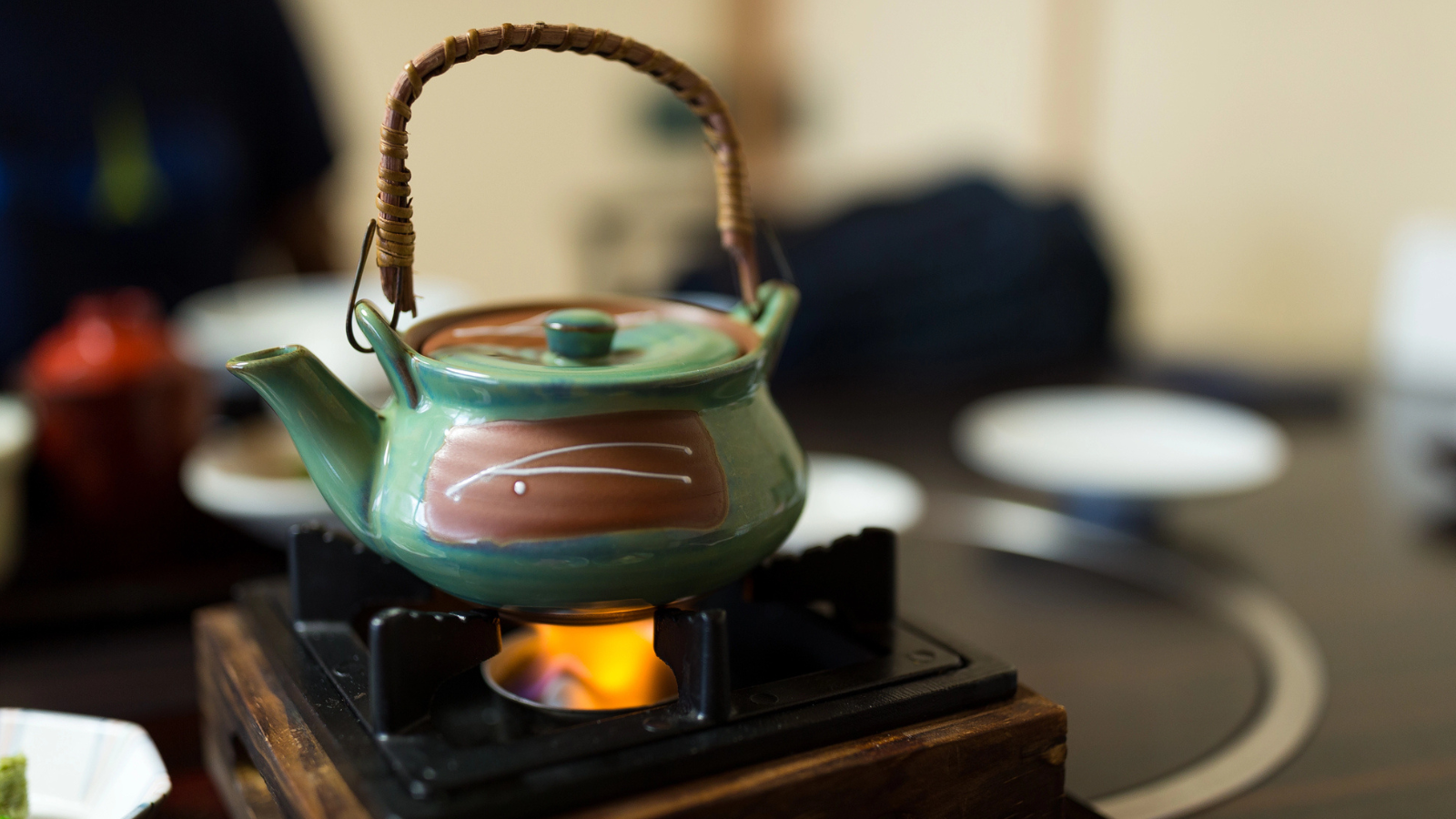


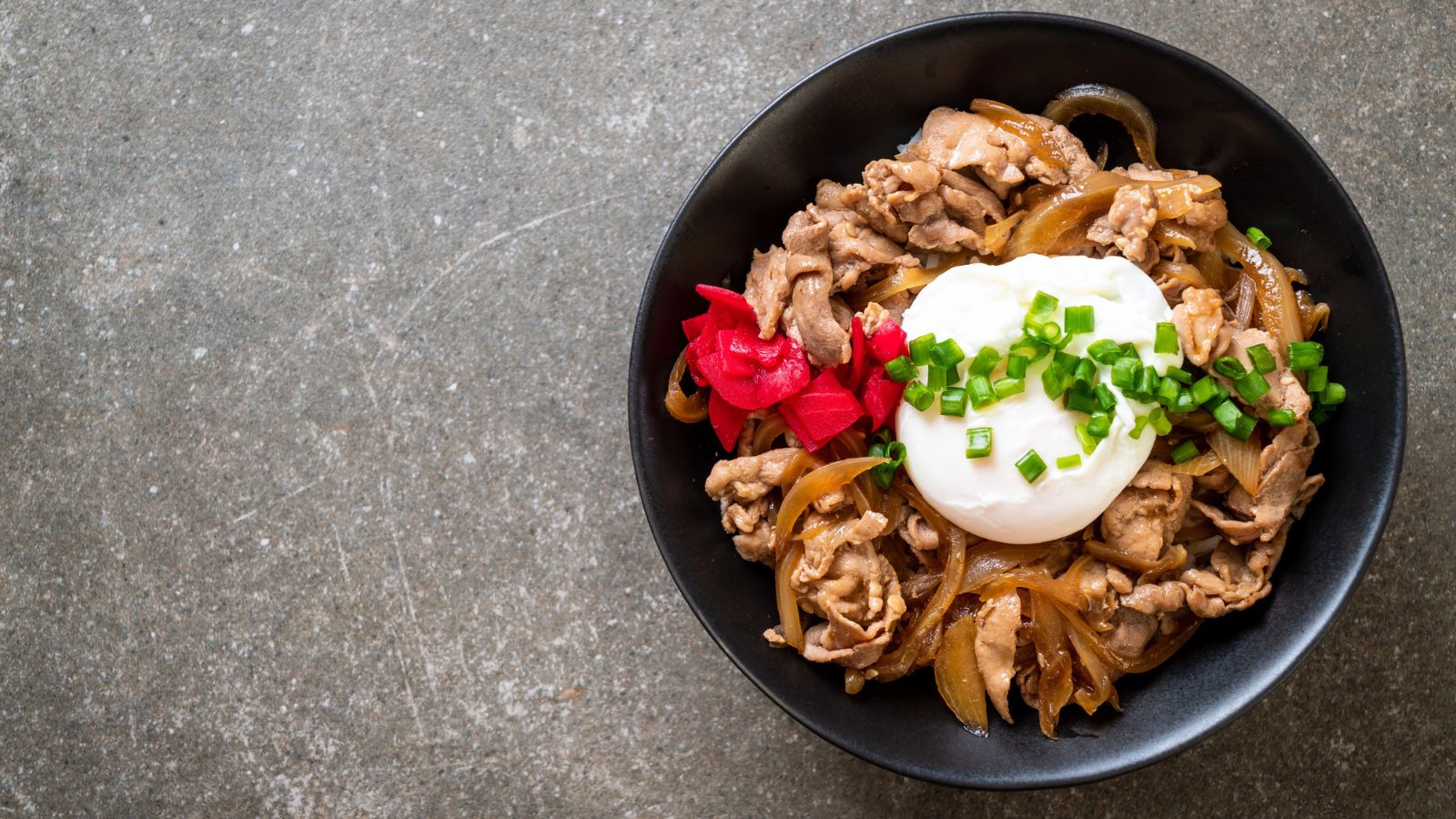
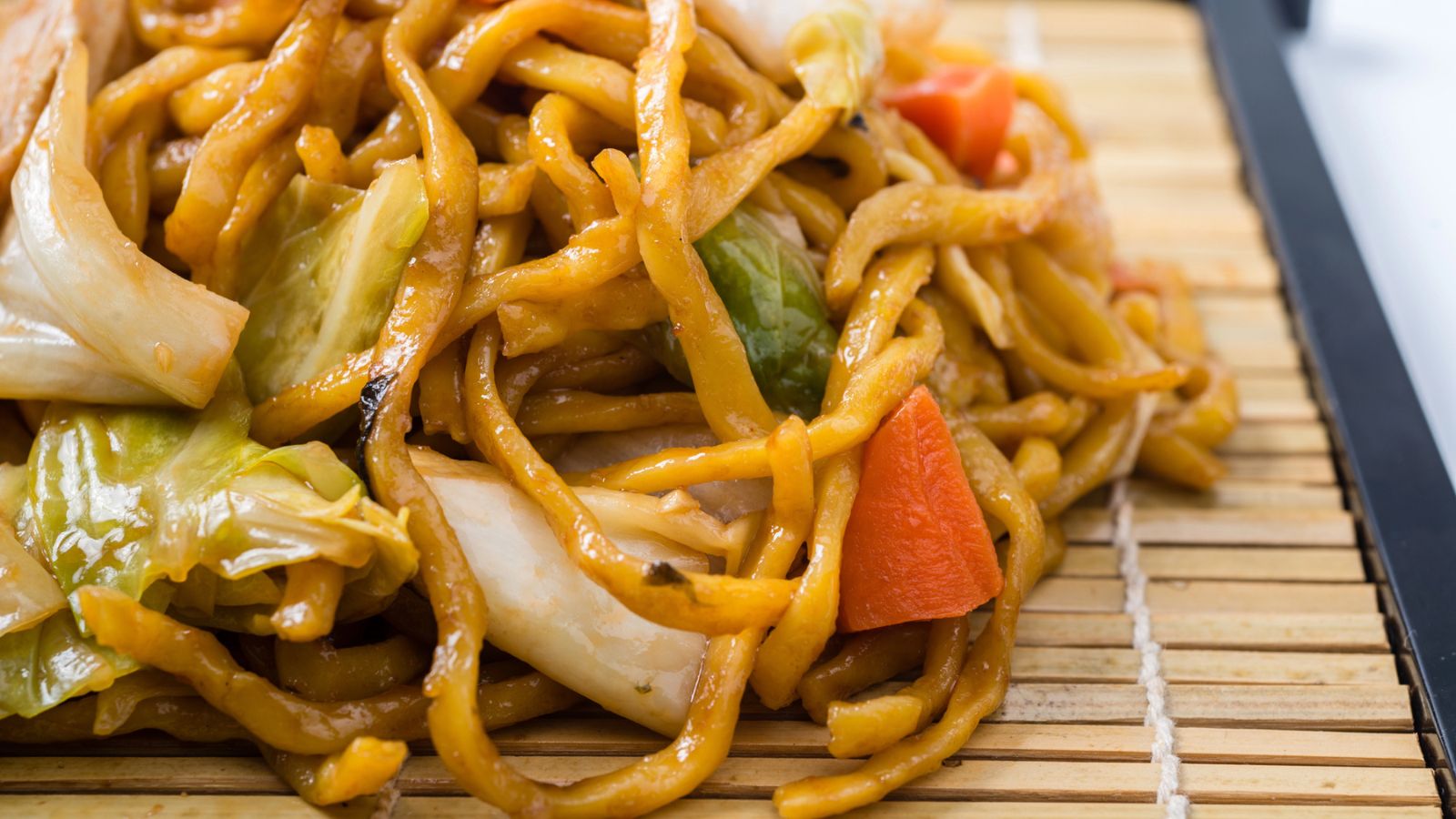
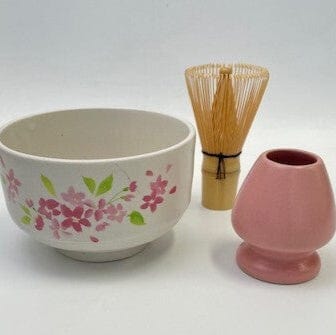
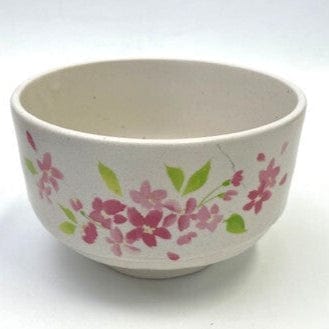
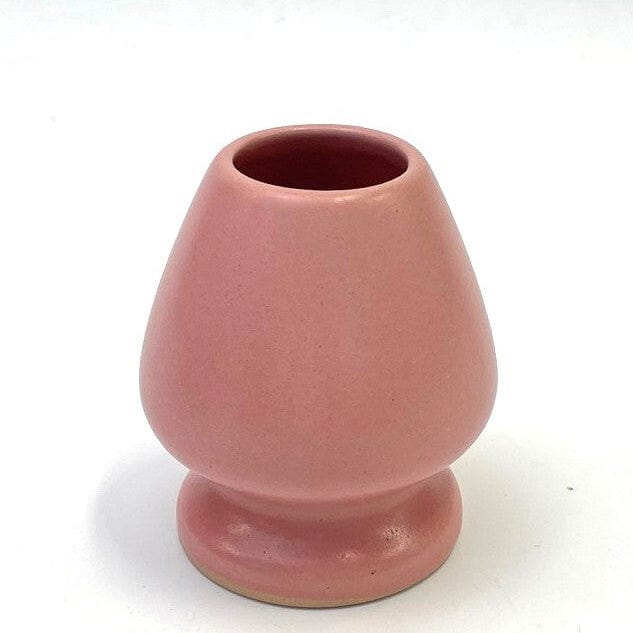
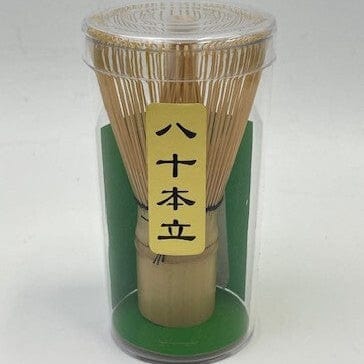
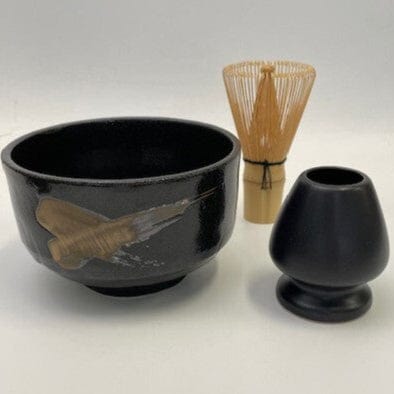
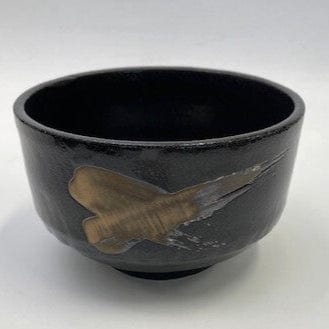
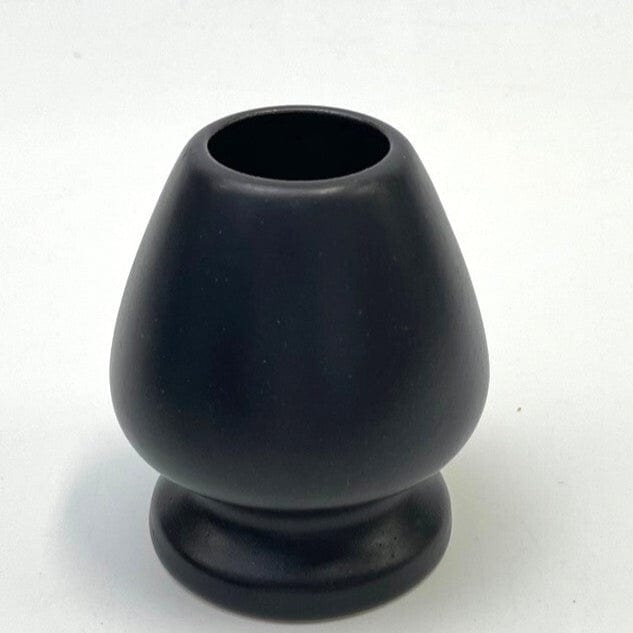
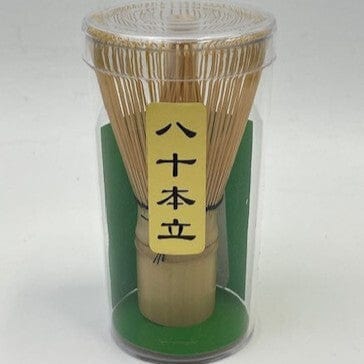
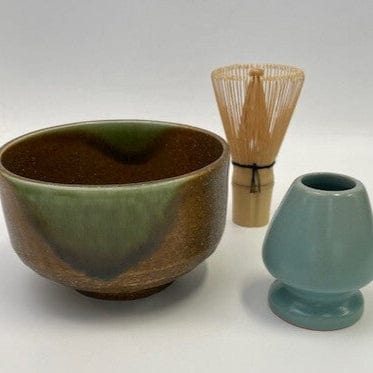
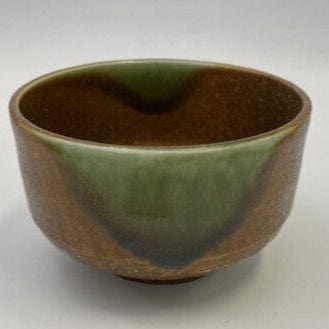
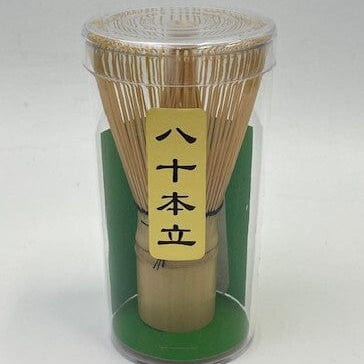
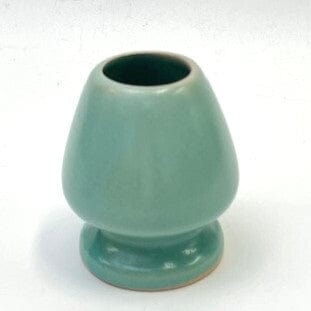
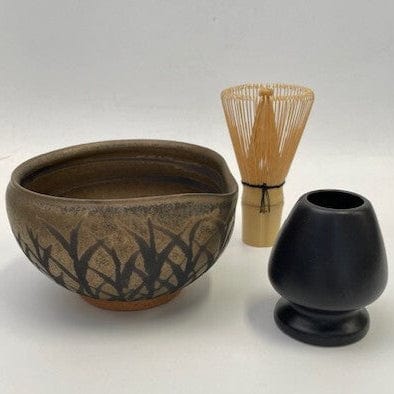

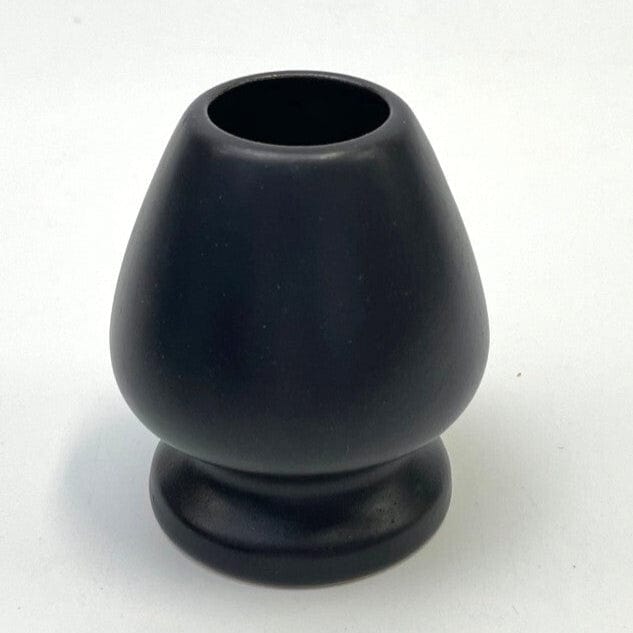


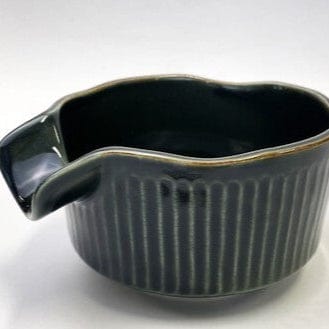

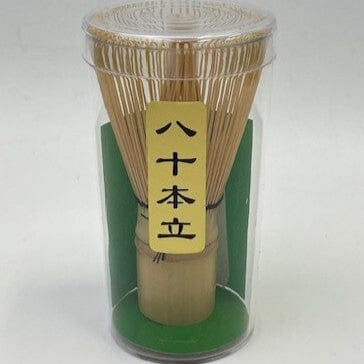
Share: